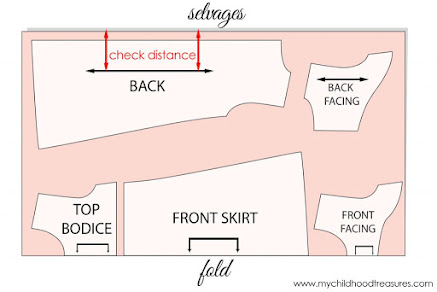ONLINE FASHION DESIGNING COURSE // FASHION DESIGNING Course BEGINNERS // FABRIC INFORMATIONN // #TISSUE FABRIC #ORGANZA FABRIC
https://youtu.be/yQ2NG7uJELk
TYPE OF STITCHING // Basic Seams
Seams are result of joining together two or more pieces of fabric by means of stitching or fusing, but the basic function of a seam is to hold pieces of fabric together.SEAM FINISHES
finished seams add a trim professional touch, in which you can take pardonable pride. Three considerations determine the seam
finish decision. 1 The type & weight of fabric. Does it raved excessively, a little, or not at all? 2 The amount & kind of wear & care the garment will receive. If a garment is worn often then tossed into washer, the seams need a durable finish. On the other hand, if the style is a passing fad, or will be worn infrequently, you may select not to finish the seam edges. 3 Whether or not seams will be seen. An unlined jacket warrants the more elaborate bias binding finish. A lined garment requires no finishing at all, unless the fabric has a tendency to ravel a great deal. Plain straight seams are finished after they have been pressed open. Plain, curved or cornered seams are seams finished right after stitching, next clipped or notched,


Comments
Post a Comment